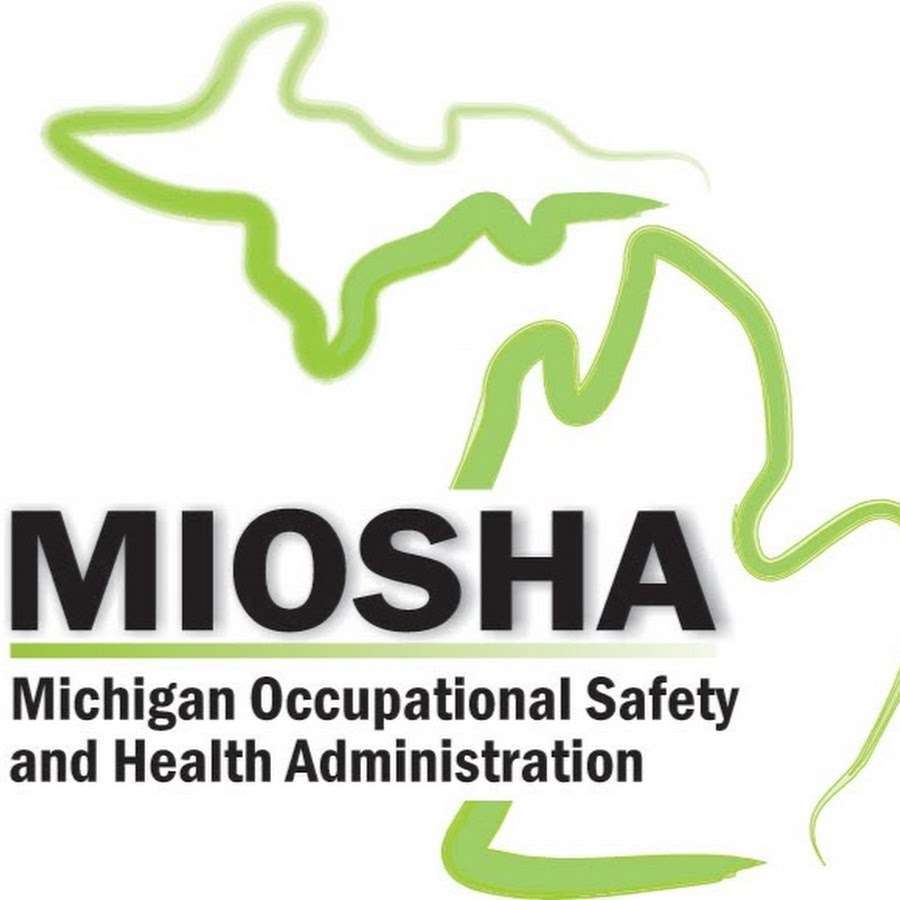Workers exposed to lead are now offered greater protection under the new MIOSHA standards
Media Contact: LARA Communications 517-373-9280
Email: mediainfo@michigan.gov
December 13, 2018 – According to the Michigan Occupational Safety and Health Administration (MIOSHA), an important step toward keeping Michigan workers safe from lead exposure in the workplace was realized this week with the filing of updated administrative rules that lower acceptable blood lead levels, replacing decades-old standards. The new rules became effective December 11, 2018.
“Fact-based rule promulgation is an essential element of MIOSHA’s mission to protect the safety and health of Michigan workers,” said MIOSHA Director Bart Pickelman. “These updated worker blood lead levels reflect today’s knowledge and are considered necessary to safeguard employees in this great state from the hazards of lead.”
The work environment can be the greatest source of lead exposure for adults; a few examples of work activities that may result in exposure to lead:
- abrasive blasting of bridges, overpasses or water towers
- manufacturing or refurbishing batteries
- demolition or remodeling activities
- working in gun ranges
The diagnosis and treatment of lead exposure is based on the blood lead level (BLL) measured in micrograms of lead per deciliter of blood (μg/dL). Former MIOSHA rules allowed workers to have BLLs of 50 – 60 µg/dL before they had to be removed from lead exposure. Under the former rules, they could return to work when their BLL was below 40 µg/dL. The new MIOSHA rules require that employees be removed from lead exposure when their BLL reaches 30 µg/dL and may not return to work involving lead exposure until their BLL is below 15 µg/dL. The average BLL in the general population is 1.12 µg/dL.
Existing federal OSHA standards for lead – as well as the previous MIOSHA standards for lead — are based on scientific information that is more than 35 years old. Federal OSHA plans to issue an Advanced Notice of Proposed Rulemaking on BLLs for Medical Removal in 2019 and other state OSHA plans like Michigan are currently in the process of updating their rules.
MIOSHA was approached by members of the Michigan Occupational and Environmental Medical Association (MOEMA) with a proposal to lower existing limits for worker lead exposure. In response, an advisory committee composed of representatives from industry, labor, management, construction, and health/medicine was tasked with drafting rule revisions for consideration by the department. A public hearing on the proposed rule revisions was held on August 3, 2018.
“We can say with pride that Michigan now leads the nation in protecting workers from harmful lead exposure on the job by being the first state in the nation to update its standards to dramatically reduce allowable blood lead levels,” said MOEMA President Dr. Michael Berneking. “We hope that other states and the federal government will look to Michigan as an example and work toward making changes in the lead standard in their jurisdictions to safeguard the working populations”.
The revised rules were filed with Michigan’s Office of the Great Seal on December 11, 2018, with an immediate effective date. MIOSHA’s enforcement divisions are implementing a 60-day temporary stay on the enforcement of new blood lead levels in order to allow employers time to ensure compliance with the new requirements.
The newly revised rules will be published on MIOSHA’s website with further notification going out through social media and MIOSHA newsletters.
Originally posted on: Michigan.gov

